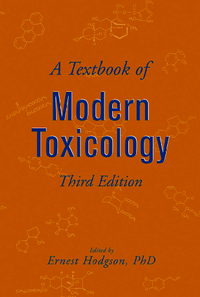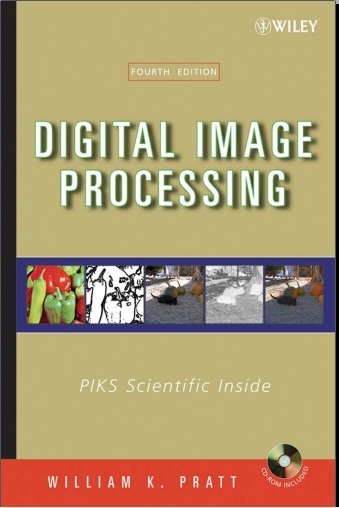Editorial "wiley-Interscience"
Se han encontrado 2 Coincidencias
A Textbook of Modern Toxicology
Team DDU
38 Visitas | 56 Descargas | 2015-01-31 21:05:16 | raulito
There are some excellent general reference works in toxicology, includingCasarett and Doull’s Toxicology, 6th, edition, edited by Klaassen; a 13-volume Comprehensive Toxicology, edited by Sipes, Gandolfi, and McQueen; as well as many specialized monographs on particular topics. However, the scarcity of textbooks designed for teacher and student to use in the classroom setting that impelled us to produce the first and second editions of this work is still apparent. With the retirement of Dr. Levi, a mainstay of the first two editions, and the continuing expansion of the subject matter, it seemed appropriate to invite others to contribute their expertise to the third edition. All of the authors are, or have been, involved in teaching a course in general toxicology at North Carolina State University and thus have insights into the actual teaching process as well as the subject matter of their areas of specialization. At North Carolina State University, we continue to teach a course in general toxicology that is open to graduate students and undergraduate upperclassmen. In addition, in collaboration with Toxicology Communications, Inc., of Raleigh, North Carolina, we present an accelerated short course at the same level. Our experience leads us to believe that this text is suitable, in the junior or senior year, for undergraduate students with some background in chemistry, biochemistry, and animal physiology. For graduate students it is intended to lay the foundation for subsequent specialized courses in toxicology, such as those in biochemical and molecular toxicology, environmental toxicology, chemical carcinogenesis, and risk assessment. We share the view that an introductory text must present all of the necessary fundamental information to fulfill this purpose,but in as uncomplicated a manner as possible. To enhance readability, references have been omitted from the text, although further reading is recommended at the end of each chapter. Clearly, the amount of material, and the detail with which some of it is presented, is more than is needed for the average general toxicology course. This, however, will permit each instructor to select and emphasizethose areas that they feel need particular emphasis. The obvious biochemical bias of some chapters is not accidental, rather it is based on the philosophy that progress in toxicology continues to depend on further understanding of the fundamental basis of toxic action at the cellular and molecular levels. The depth of coverage of each topic represents that chapter author’s judgment of the amount of material appropriate to the beginning level as compared to that appropriate to a more advanced course. Thanks to all of the authors and to the students and faculty of the Department of Environmental and Molecular Toxicology at North Carolina State University and to Carolyn McNeill for much word processing. Particular thanks to Bob Esposito of John Wiley and Sons, not least for his patience with missed deadlines and subsequent excuses.

Digital Image Processing (Fourth Edition)
Procesamiento Digital de Imágenes
71 Visitas | 90 Descargas | 2016-01-08 21:36:31 | aaliagab
Although this book is concerned primarily with digital, as opposed to analog, image processing techniques. It should be remembered that most digital images represent continuous natural images. Exceptions are artificial digital images such as test patterns that are numerically created in the computer and images constructed by tomographic systems. Thus, it is important to understand the “physics” of image formation by sensors and optical systems including human visual perception. Another important consideration is the measurement of light in order quantitatively to describe images. Finally, it is useful to establish spatial and temporal characteristics of continuous image fields, which provide the basis for the interrelationship of digital image samples. These topics are covered in the following chapters.
Contribuir
Usted puede contribuir con Libros UCLV, es importante para nosotros su aporte..
Contribuir